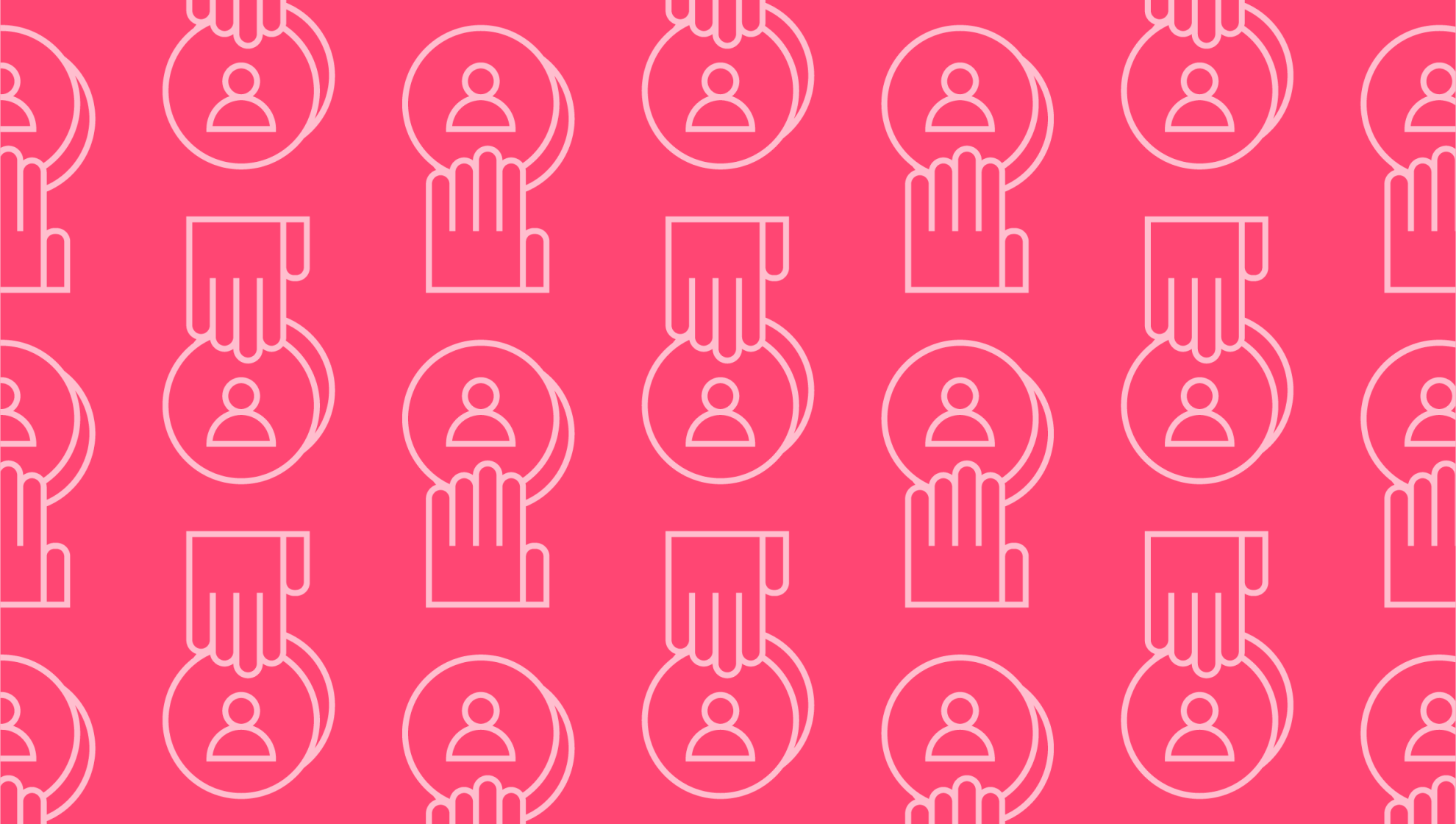Last editedJuly 20203 min read
For many companies, finding new customers isn’t the difficult part of developing a business. The real challenge is about encouraging these customers to stick around for the long haul. That’s why your company’s customer attrition rate is such an important metric, and why learning how to reduce customer attrition could be the key to your future growth and success. Read on for more information about customer attrition analysis, starting with our customer attrition definition.
Customer attrition definition
Customer attrition, also referred to as customer churn, defection, or turnover, simply refers to the process of losing a customer. Although it’s a natural part of business (most customers, whether they’re loyal subscribers or one-time purchasers, don’t remain active customers for an indefinite period of time), customer attrition is still something that you should take steps to avoid, if at all possible.
It’s also worth remembering that customer attrition can be broken down into two separate categories: voluntary attrition (where the customer chooses to end the relationship of their own accord) and involuntary attrition (where the customer’s payment attempt fails, leading to the cancellation of their subscription). For customer attrition analysis, most businesses focus solely on voluntary attrition.
Why is customer attrition analysis important?
It’s no great revelation that losing customers is bad for business. And to a certain degree, a reasonable level of customer attrition is to be expected. That’s why many companies, particularly in the SaaS space, accept customer attrition as part and parcel of running a rapidly expanding organisation. But that’s a mistake, because customer attrition can damage your company in a myriad of ways. Here are some of the key issues associated with a high customer attrition rate:
Lost revenue – First and foremost, customer attrition leads to less revenue, and when your monthly recurring revenue (MRR) starts to decline, your business’s long-term viability may be at risk, particularly in the eyes of potential investors.
Fewer customers – Of course, an increased customer attrition rate reduces the size of your customer base. More customers equal a greater financial buffer, so the more customers you have, the less customer attrition hurts.
Reduced CAC to LTV ratio – To maximize your business’s profits, the customer lifetime value (LTV) needs to be higher than the customer acquisition cost (CAC) by a considerable margin. If it isn’t, it’s an indication that you’re burning far too much money on bringing new customers into the business and not enough on retaining your existing customers, which could have a dramatic impact on your business’s bottom line.
Once you begin customer retention analysis and gain a deeper understanding of how and why customers are choosing to end their relationship with your company, you can start to determine how many customers you’ve lost, what percentage of your overall business has been lost, how much new business you’ll need to bring in to offset the cost, and how many customers you’ve managed to retain.
Calculating your customer attrition rate
We’ve established that customer attrition is something that you should take steps to avoid, but it’s impossible to stop customer attrition unless you understand exactly what you’re dealing with. That’s why the customer attrition formula (the same as the formula for customer churn) can be so helpful. The formula is as follows:
Customer Attrition Rate = (Number of Customers Lost / Total Number of Customers) x 100
For example, if you had 400 customers at the start of the month but 15 of them leave, you could work out your customer attrition rate by dividing 15 by 400 (0.0375) before multiplying by 100, providing you with a customer attrition rate of 3.75%. In other words, 3.75% of your total customers churned during the given period.
How to reduce customer attrition
Learning how to reduce customer attrition all comes down to one thing �– an increased focus on your customer retention strategy.
There are many different tactics to pursue. For a start, you may be pursuing the wrong type of customer in the first place. Focusing your customer acquisition efforts on relevant customers from the most profitable marketing channels can provide you with a strong, stable base of customers who are more likely to remain with your business in the long-term.
In addition, there are many different aspects of your business’s service offering that could potentially be optimised to reduce customer attrition. For example, streamlining the onboarding process, proactively communicating on a regular basis with your customers, creating customer loyalty programs, and seeking out feedback whenever possible can all have a massive impact on customer retention.
Bottom line: by conducting proactive customer attrition analysis, you can lay the groundwork for a stronger and more stable user base, leading to increased revenue in the future.
We can help
GoCardless helps you automate payment collection, cutting down on the amount of admin your team needs to deal with when chasing invoices. Find out how GoCardless can help you with ad hoc payments or recurring payments.
